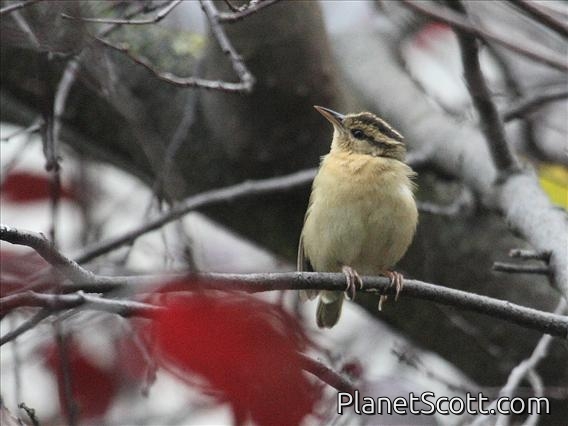Worm-eating Warbler (Helmitheros vermivorum)

Worm-eating Warbler (Helmitheros vermivorus)
×


Worm-eating Warbler (Helmitheros vermivorus)
About Worm-eating Warbler (Helmitheros vermivorum)
- Kingdom: Animals
- Phylum: Chordates
- Class: Birds
- Order: Perching Birds
- Family: New World Warblers
The worm-eating warbler is a small New World warbler that breeds in the Eastern United States and migrates to southern Mexico, the Caribbean, and Central America for the winter.
Source: Wikipedia
Visits
-
2007-06-15
Belleplain State Forest, United States of America -
2008-12-12
Ferry Plaza, United States of America -
2009-01-30
Semuc Champey, Guatemala -
-


